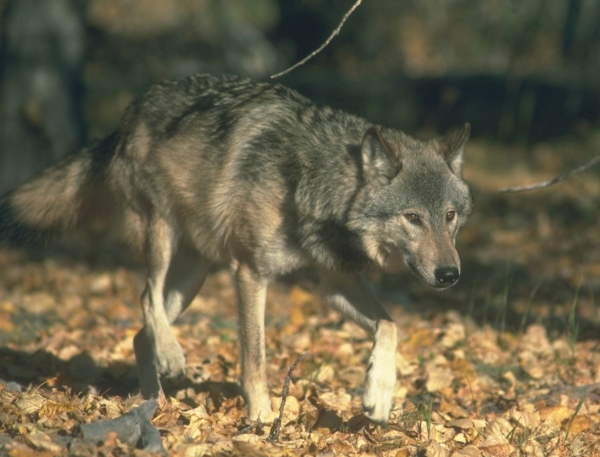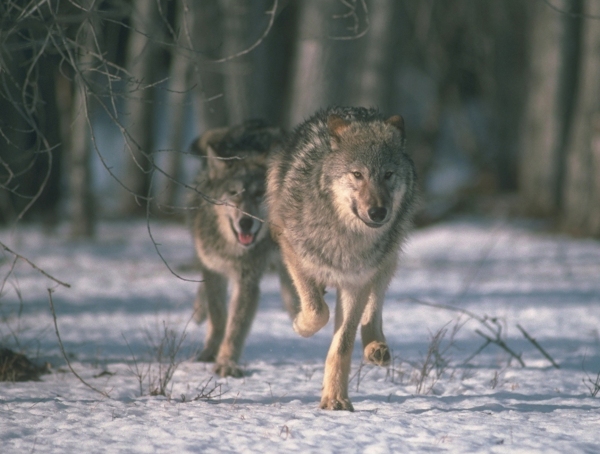Researchers at NYU Langone Medical Center and elsewhere say that a vaccination they have developed to fight a brain-based, wasting syndrome among deer and other animals may hold promise on two additional fronts: Protecting U.S. livestock from contracting the disease, and preventing similar brain infections in humans.
The study published in Vaccine online Dec. 21, documents a scientific milestone: The first successful vaccination of deer against chronic wasting disease (CWD), a fatal brain disorder caused by unusual infectious proteins known as prions. Prions propagate by converting otherwise healthy proteins into a disease state.
Equally important, the researchers say, this study may hold promise against human diseases suspected to be caused by prion infections, such as Creutzfeldt-Jakob disease, kuru, familial insomnia, and variably protease-sensitive prionopathy. Some studies also have associated prion-like infections with Alzheimer’s disease.
“Now that we have found that preventing prion infection is possible in animals, it’s likely feasible in humans as well,” says senior study investigator and neurologist Thomas Wisniewski, MD, a professor at NYU Langone.
CWD afflicts as much as 100 percent of North America’s captive deer population, as well as large numbers of other cervids that populate the plains and forests of the Northern Hemishpere, including wild deer, elk, caribou and moose. There is growing concern among scientists that CWD could possibly spread to livestock in the same regions, especially cattle, a major life stream for the U.S. economy, in much the same manner that bovine spongiform encephalopathy, or Mad Cow Disease, another prion-based infection, spread through the United Kingdom almost two decades ago.
According to Dr. Wisniewski and his research team, if further vaccine experiments prove successful, a relatively small number of animals (as few as 10 percent) could be inoculated to induce herd immunity, in which disease transmission is essentially stopped in a much larger group.
For the study, five deer were given the vaccine; another six were given a placebo. All of the deer were exposed to prion-infected brain tissue; they also were housed together, engaging in group activities similar to those in the wild. Scientists say this kept them in constant exposure to the infectious prions. The animals receiving the vaccine were given eight boosters over 11 months until key immune antibodies were detectable in blood, saliva, and feces. The deer also were monitored daily for signs of illness, and investigators performed biopsies of the animals’ tonsils and gut tissue every three months to search for signs of CWD infection.
Within two years, all of the deer given the placebo developed CWD. Four deer given the real vaccine took significantly longer to develop infection — and the fifth one continues to remain infection free. Read more







